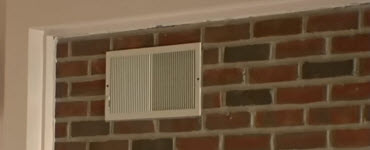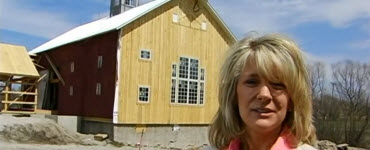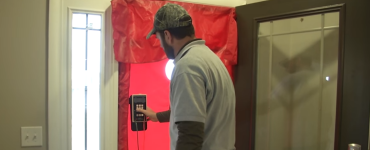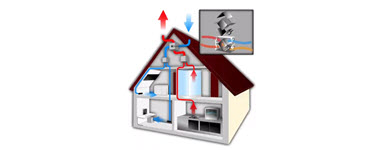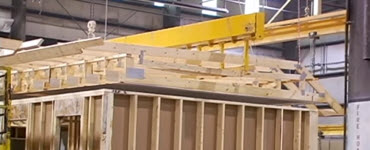Insulated concrete forms
An insulated concrete form (ICF) system eliminates the cold drafts typical of wood-frame construction.
An insulating concrete form (ICF) system uses hollow blocks made of polyurethane or polystyrene foam to form the foundation walls or even the whole house.
Electrical and plumbing lines are concealed within carved channels cut into the foam walls. Both the interior and exterior can be covered with any type of finishing product, including drywall, plaster, brick, stucco or siding.
The combination of high-mass concrete and permanent insulation will also reduce noise pollution, resulting in a quieter home.
How it works
The foam blocks are fitted together like puzzle pieces or secured using C-shaped channels. Installers reinforce the forms with steel rebar, then fill the hollow chambers with concrete.Electrical and plumbing lines are concealed within carved channels cut into the foam walls. Both the interior and exterior can be covered with any type of finishing product, including drywall, plaster, brick, stucco or siding.
Energy savings
The insulation value of a finished wall ranges from R-18 to R-26, and the solid concrete core virtually eliminates the cold drafts typical of wood-frame construction. This means most ICF homes have utility bills 30 percent lower than typical homes.Other benefits
A typical four-inch-thick foam block wall is four to six times stronger than a conventional "stick-built" house, making it resistant to fire, violent winds and even earthquakes. In some areas, owners of foam-block houses may qualify for lower home insurance premiums.The combination of high-mass concrete and permanent insulation will also reduce noise pollution, resulting in a quieter home.
Costs
The construction costs for ICF houses usually runs about five to seven percent more than wood framing, but the costs can be paid back in energy savings in two or three years.More from this category
Roof and attic
Your roof and attic play the most crucial role in your home's energy efficiency system, reducing your energy costs during the winter and summer.
Historic preservation
A preservation expert shares how to restore an older home economically and energy efficiently.
Trombe wall
Using the sun's stored energy to heat your home reduces your conventional energy consumption.
Turning a barn into an energy-smart home
Energy rater and performance consultant
An energy rater can help make your new home more energy-efficient through every stage of the construction process.
Habitat for Humanity
Habitat for Humanity is an organization that provides simple, sturdy homes. Learn how energy efficiency is a key factor in building these homes.
New home comfort issues
Modular homes
Modular homes are built in a factory under controlled conditions, then shipped to the homesite and placed on a permanent foundation.




